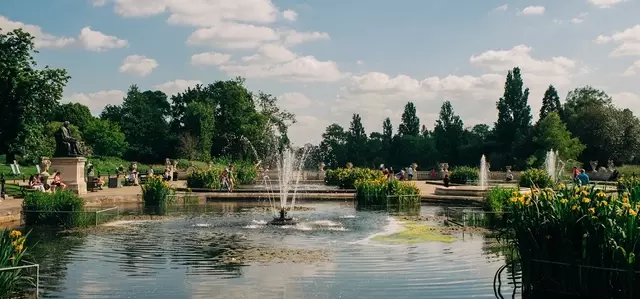
News & blogs
Blogs
Read our latest blogs from across the Royal Parks.
-

Ten things you might not know about cherry trees
The different varieties of cherry trees around the Royal Parks are some the most popular sights in London each spring
-

The Royal Parks from above
A stunning look at some of London's Royal Parks from over 750ft in the air
-

Women of The Royal Parks
Women's History Month takes place each March, highlighting the contributions of women and their achievements.
-
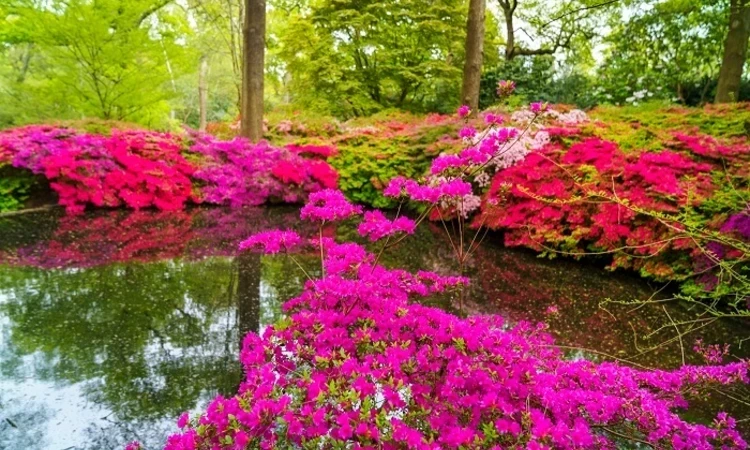
Spring walkthrough: Isabella Plantation in Richmond Park
Take a mindful journey through Richmond Park's Isabella Plantation, one of the highlights of spring in London.
-
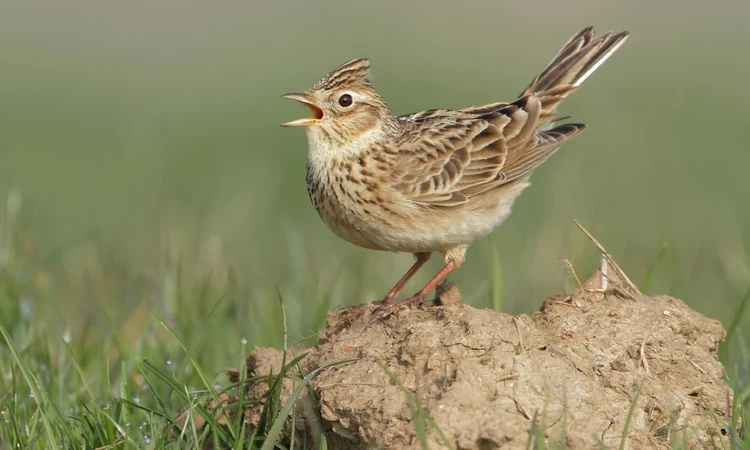
Help save the song of the skylark
Every year, in early spring, a familiar evocative song returns to the grasslands of Richmond and Bushy Parks.
-
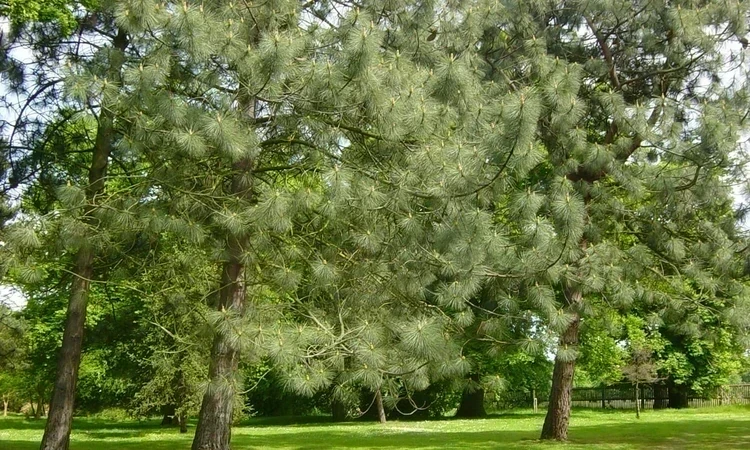
Spring walkthrough: Woodland Gardens in Bushy Park
Take a peaceful tour through Bushy Park's Woodland Gardens in spring, a hidden oasis of azaleas, camellias and bubbling streams.
-
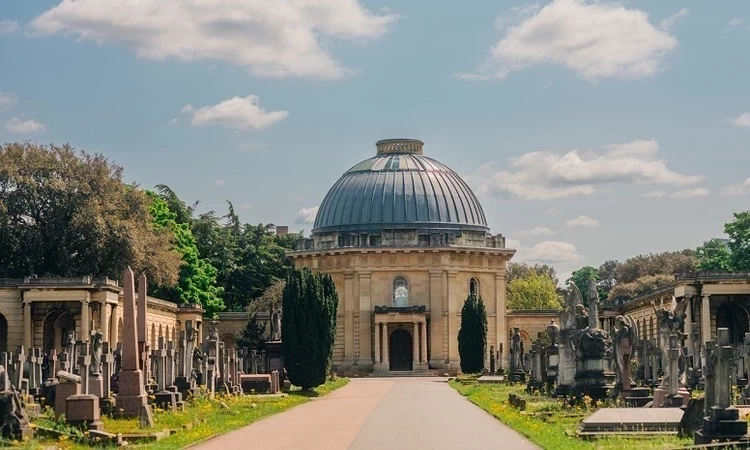
Spring walkthrough: Brompton Cemetery
Take a quick tour through Brompton Cemetery in spring with this mapped walking route, showing some of the garden cemetery's highlights.
-
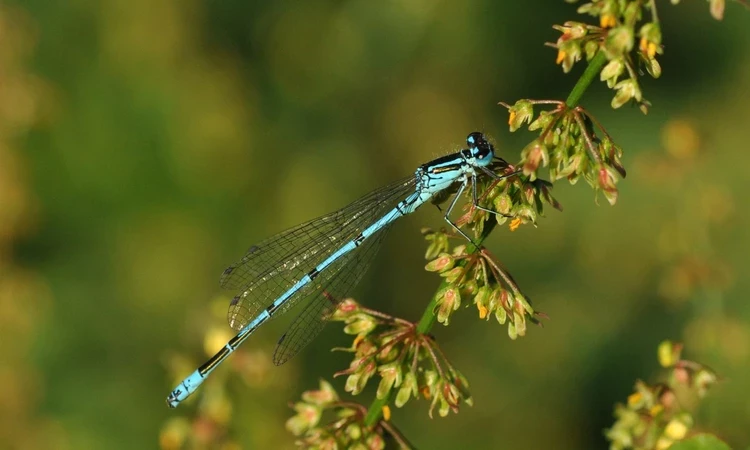
Working with wildlife in the heart of the city
We’re working hard to provide the best environment for wildlife across London’s eight Royal Parks. Here’s a look at the work we do and why we do it.
-
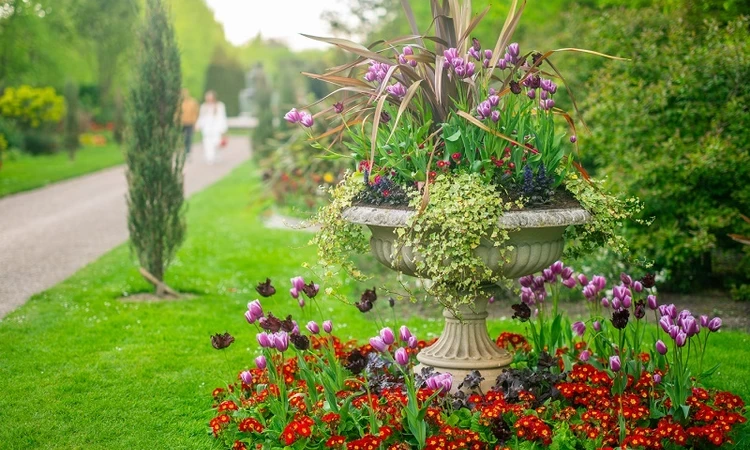
Spring walkthrough: The Regent's Park & Primrose Hill
Take a quick tour through The Regent's Park & Primrose Hill in spring with this mapped walking route, showing some of the park's highlights.